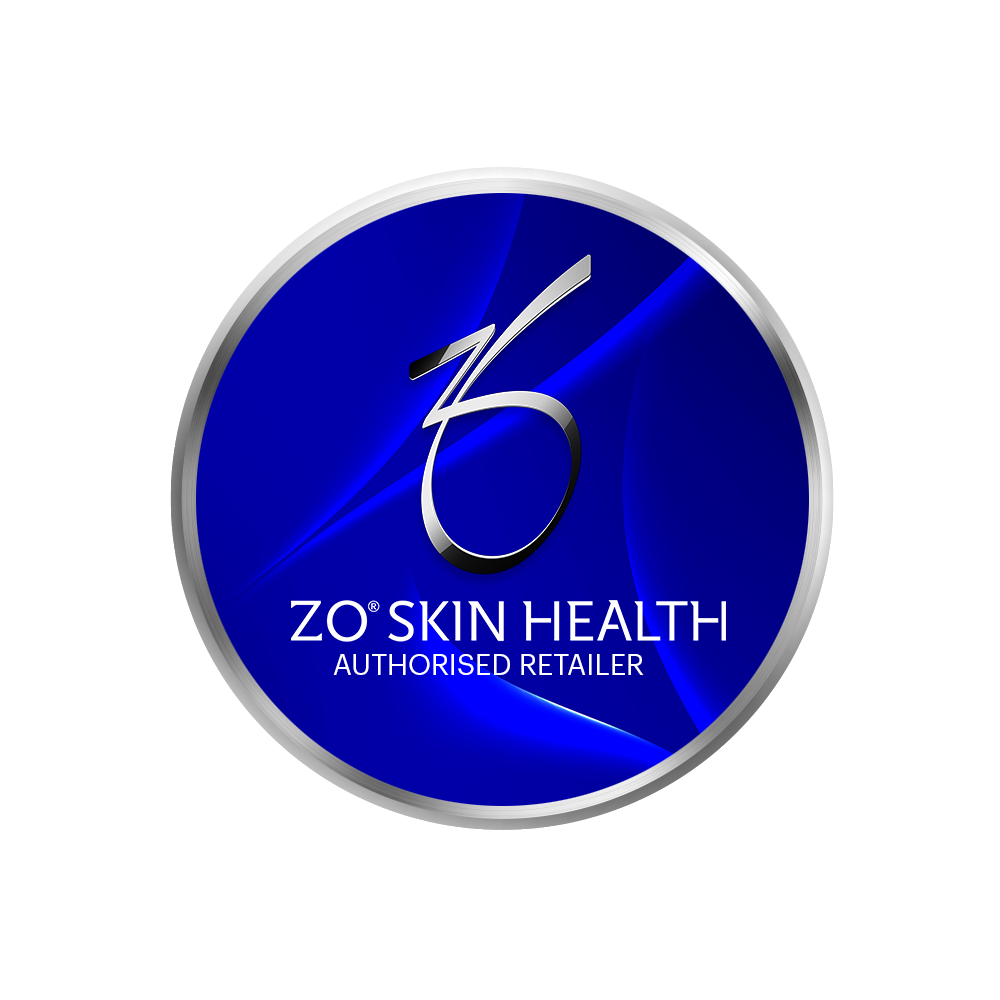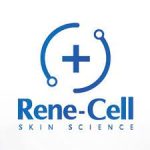PRP THERAPY

Technology
Using market-leading Cosmetic Aesthetic products, we produce high-quality treatments that embrace and enhance your natural beauty.

Professional Team
Our qualified Doctors and Cosmetic Registered Nurses works professionally to remain at the forefront of aesthetics, innovations, safety standards, and products.

Great Results
Cosmetic aesthetic treatments are a non-invasive, quick, affordable, and effective way to help reduce and prevent lines formation, improve shape and symmetry, and create volume and fullness.
Ready to make an appointment for this treatment?
PRP Therapy
In recent years, doctors have learned that the body has the ability to heal itself. PRP therapy is a form of regenerative medicine that can harness those abilities and amplify the natural growth factors your body uses to heal tissue.

What is PRP therapy?

PRP also known as the “vampire facial,” PRP has become a highly sought-after non-surgical procedure for facial and skin rejuvenation. PRP therapy is a treatment which uses your own blood platelets to stimulate new cell growth, helping to improve your complexion, skin texture and to restore lost facial volume.
PRP harnesses the beneficial functions of the patients own platelets and therefore there is minimum risk of allergy or rejection of the treatment.
PRP can also be successfully used to treat thinning hair and hair loss particularly male pattern baldness. It is important to start treatment early on and whether you are a suitable candidate will be determined during your consultation.
While PRP may sound like something straight out of a science-fiction
novel, some patients are finding that PRP can:
Reduce wrinkles
Plump up sagging skin
Get rid of deep creases
Improve one’s complexion
Diminish acne scars

What is PRP treatment for Hair Loss?
PRP is a highly concentrated group of blood cells that have been proven to promote cellular growth and healing. It can have that effect because the plasma contains growth factors and stem cells that work well in promoting healthy cell production, collagen growth and tissue repair.
Although it sounds a little gruesome, the platelet-rich plasma is only taken from your blood, so there’s nothing synthetic or from anyone else being used.
PRP, when used in your scalp, increases the blood flow to hair follicles and increases the duration of the anagen or active phase of your hair’s life cycle.

No. Your safety is our main concern and for this reason, we do not treat clients who are pregnant. We advise against all Cosmetic Aesthetic treatments while pregnant simply out of precaution and due to the lack of information available on Cosmetic Aesthetic treatment effects on the fetus.
If you get results, the full effects appear within a few weeks to months.
Researchers have found that most clients who get results have 3 or more treatments.
- Avoid strenuous exercise for 24 hours.
- Sleep elevated on 2 pillows to improve swelling.
- Avoid touching your face for at least 4 hours.
- Do not expose the area to intense heat or sunlight. (e.g. solarium or sauna)
- Pain relief may be taken as directed by your physician.
- Consider in clinic or at home LED.
- Avoid alcohol for 24 hours.
- Do not use active skin care eg AHA, Retinols/Vitamin C.
- Avoid facials, facial waxing, Glycolic or AHA peels, IPL or energy based treatments and microdermabrasion for 2 weeks after treatment (unless advised by our professionals). Please check with us before undergoing other facials within this time.
- Do not massage the treated area unless instructed by us.
- No makeup until the day after the procedure is ideal.
- Do not smoke.
Whilst we have seen amazing results from the treatment, please know that results do vary and we cannot make guarantees. We recommend coming and speaking to our Cosmetic Doctors and Cosmetic Registered Nurses for an in-depth consultation. They will discuss in detail how the treatment works, whether it will be right for your skin type and the expected results in line with your treatment goals.























